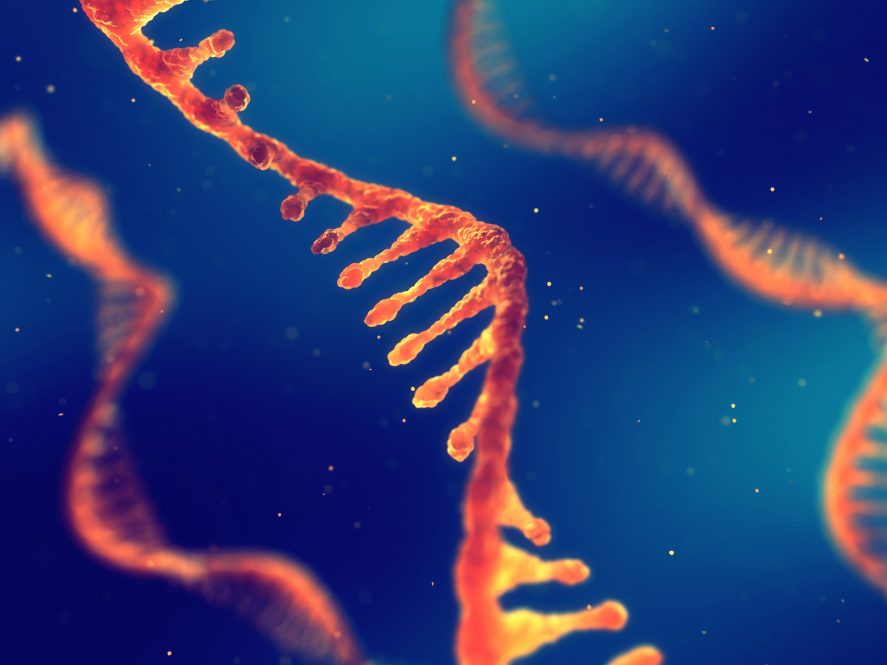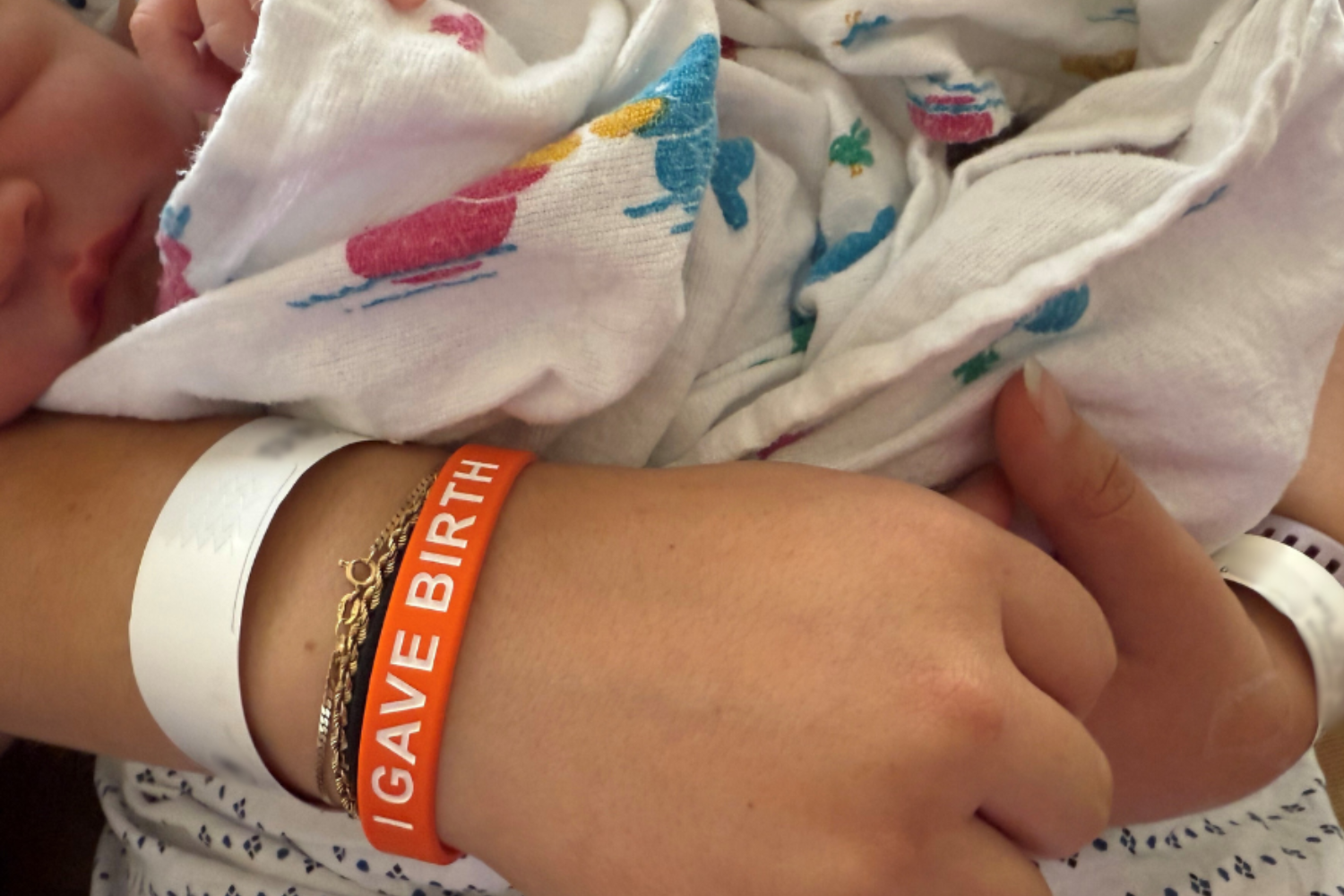The National Human Genome Research Institute has awarded genomics expert Brent Graveley and his team $5.6-million to continue to work on an enormous encyclopedia of human RNA molecules and the proteins that bind to them. The grant is jointly awarded to Graveley and Gene Yeo of the University of California, San Diego.
RNA is having a moment. Both the virus that causes COVID-19 and the rapidly developed vaccine against the virus are made of it, and the apparent success of this RNA-engineering has reinvigorated research in the field.
RNA is essentially a string of chemical letters, closely related to DNA, that is translated into proteins and can be ferried around our cells. The human body makes lots of RNA for its own purposes, and we don’t know what most of it does.
The Department of Genetics and Genome Sciences Chair and UConn School of Medicine Professor Brent Graveley and his lab have worked steadily to fill in these blanks. Over the past 10 years, they’ve classified 563 of the proteins that bind to RNA as part of the Encyclopedia of DNA Elements (ENCODE) project. The project funded by this new grant is called ENCORE (Encyclopedia of RNA Elements) and will enable them to classify even more, and make a kind of reference book. Have an RNA? These are the proteins that bind to it, and this is what they might do. Have a protein? These are the RNAs it binds, and where they can be found.
Graveley’s and Yeo’s teams tests each protein against different snippets of RNA. If a specific protein binds to only a few hundred RNA snippets, and each of those contains the RNA sequence GACGAC, you can infer that the protein likes to bind that sequence.
“Then you can look at a virus. If you see that same sequence in its viral RNA, you can guess which proteins might bind to the RNA and where on the RNA those proteins might bind,” Graveley says. And if you know that, you might be able to devise a treatment that blocks it from binding and wreaking havoc in the body.
More generally, a lot of researchers have a favorite gene to work on. Now, those researchers can go to the ENCORE website and get a list of all the different proteins that might bind to their RNA of interest, and use them to form new hypotheses. Already, thousands of research projects have benefited from the database and the 563 proteins Graveley’s and Yeo’s groups have already classified. To complete the database, the team has just about 1,500 to go.



